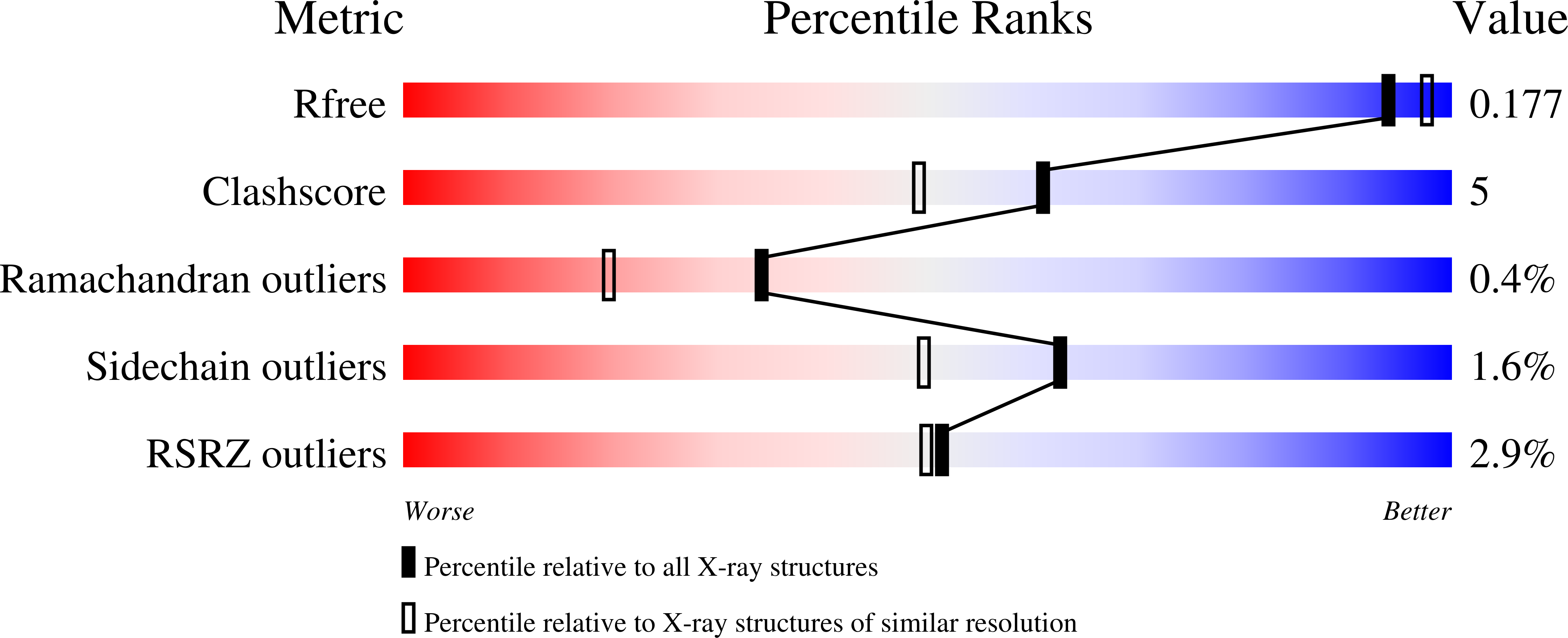
Deposition Date
2021-04-26
Release Date
2022-05-04
Last Version Date
2024-11-20
Entry Detail
PDB ID:
7MKS
Keywords:
Title:
Crystal structure of the GH12 domain from Acidothermus cellulolyticus GuxA bound to cellobiose
Biological Source:
Source Organism:
Acidothermus cellulolyticus (Taxon ID: 28049)
Host Organism:
Method Details:
Experimental Method:
Resolution:
1.85 Å
R-Value Free:
0.16
R-Value Work:
0.13
Space Group:
P 31 2 1


